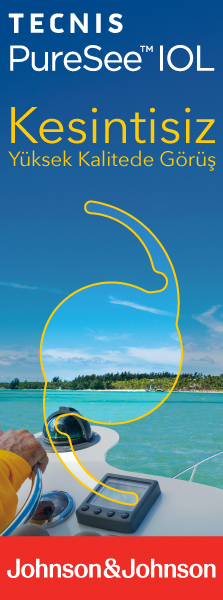Mateerial and Method: This retrospective study analyzed data from 100 patients (50 IERM, 50 FTMH) diagnosed between September 2020 and September 2023. Comprehensive ophthalmologic examinations and swept-source optical coherence tomography (SS-OCT) were performed preoperatively and at postoperative months 1, 3, and 6. CVI was calculated using binarization methods, and values of affected eyes were compared with healthy fellow eyes.
Results: In the IERM group, baseline CVI values (0.67±0.05) were similar to those of fellow healthy eyes (0.68±0.027) (p>0.05). However, in the FTMH group, baseline CVI values (0.65±0.03) were significantly lower compared to fellow healthy eyes (0.67±0.03) (p=0.031). Both groups demonstrated significant improvements in visual acuity following PPV (p<0.001). Nevertheless, there was no statistically significant difference in CVI between different disease stages in both IERM and FTMH groups before and after surgery (p>0.05).
Conclusion: Our findings demonstrate that vitrectomy surgery significantly improves visual outcomes in vitreomacular interface disorders. However, the absence of clinically significant differences in CVI values suggests the need for further prospective studies with larger sample sizes to clarify the clinical relevance and prognostic value of CVI in vitreomacular interface diseases.
Keywords : Choroidal vascular index, epiretinal membrane, macular hole




